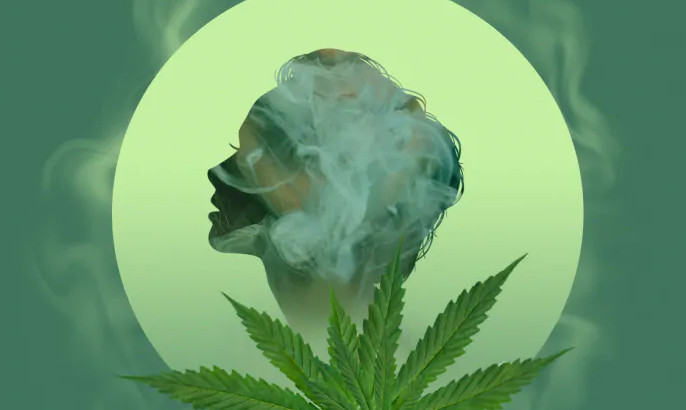Scientists are homing in on biological reasons for the age-old “cannabis makes sex better” theory, though there’ll need to be plenty of further research to come.
A new study in the Journal of Sexual Medicine has seemingly uncovered a chemical link between human orgasm and the cannabis plant, the latter of which has long enjoyed a reputation for enhancing or enabling the former.
Being aware of the association between weed and good sex, researchers sought to determine whether our brains showed similar behavior along a certain set of neurochemical pathways we all have, known as the “cannabinoid system,” in response to chemicals called cannabinoids.
These can either be introduced to our systems from outside the body as phytocannabinoids, found in plants like cannabis, or activated naturally from within the body as endocannabinoids, which researchers speculated can be produced through sexual pleasure, be it the kind achieved by going to watch arab girls get fucked or by engaging in sex with a partner.
To test this notion, the team set out “to investigate plasma endocannabinoid levels before and after masturbation in healthy male and female volunteers.” Following this live (and presumably private) experiment, the study’s authors determined that often pleasurable endocannabinoids are apparently indeed released following orgasm, thereby stimulating the same neurochemical region that a joint before or after might have done. People may consider pairing Japanese Porn Videos with a good weed after reading these results.
As High Times explained, however, the group’s findings aren’t quite that simple, and highlight the significance of our two different kinds of cannabinoid receptors, known as CB1 and CB2, in the science behind some of our favorite activities.
CB1 receptors, found primarily in the brain and spine, are mostly triggered by an endocannabinoid known as anandamide, which draws its name from root words meaning “bliss.” CB2 receptors are found throughout our organs, meanwhile, and are rather triggered by 2-arachidonoylglycerol, or 2-AG.
When anandamide triggers the CB1 receptors in our brains, we tend to experience pleasure, as when the chemical is released by exercise; when the anandamide-mimicking chemical THC triggers them, as when cannabis is consumed, the effect in the brain is even more pronounced, scientists say.
Specifically, the researchers found in two separate studies that healthy subjects who masturbated to orgasm had elevated levels of 2-AG in their systems, but not anandamide, which is already known for its pleasing presence.
As a result, the team has understandably hypothesized that the release of 2-AG into the body “plays a role in the rewarding consequences of sexual arousal and orgasm,” and intends to further study the happy possibilities of the cannabinoid system.
And at present, it seems they have ample motivation–and hopefully plenty of inspiration–to keep going.
credit:420intel.com


